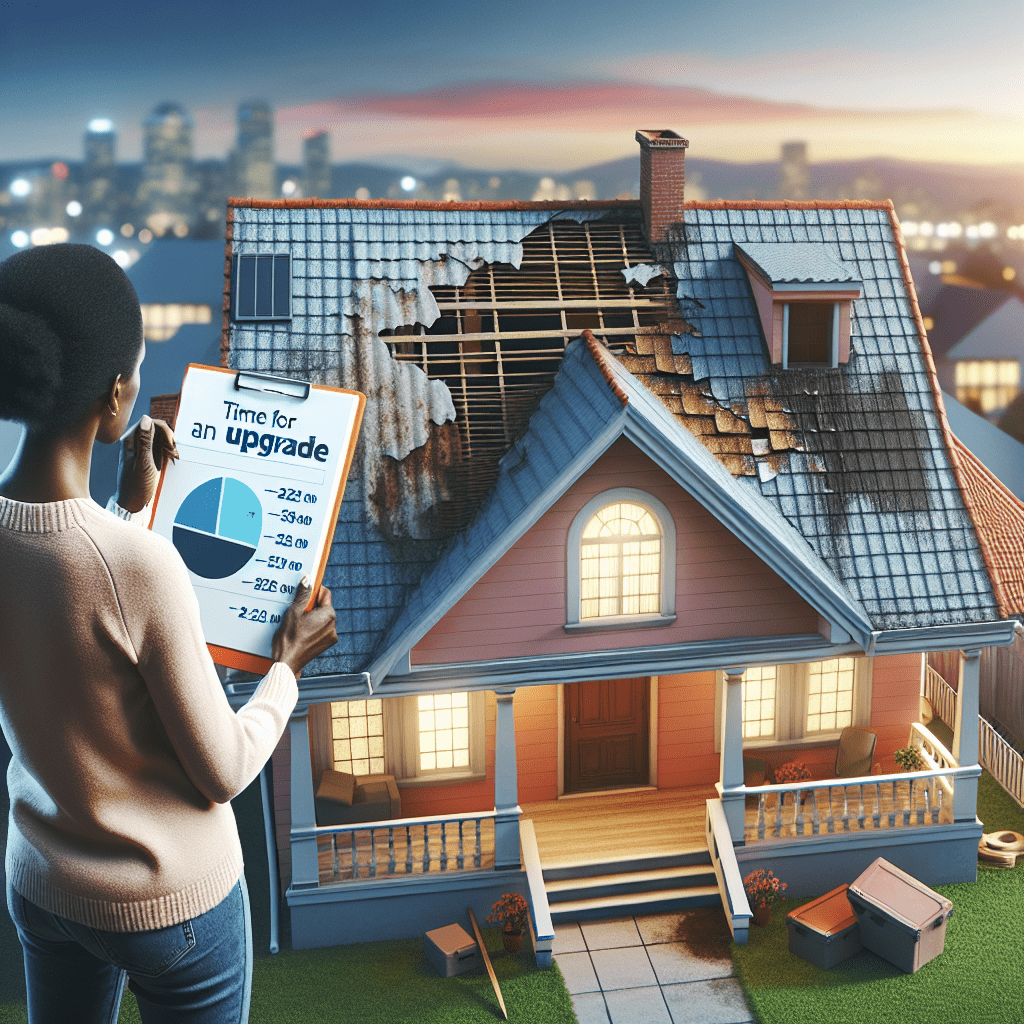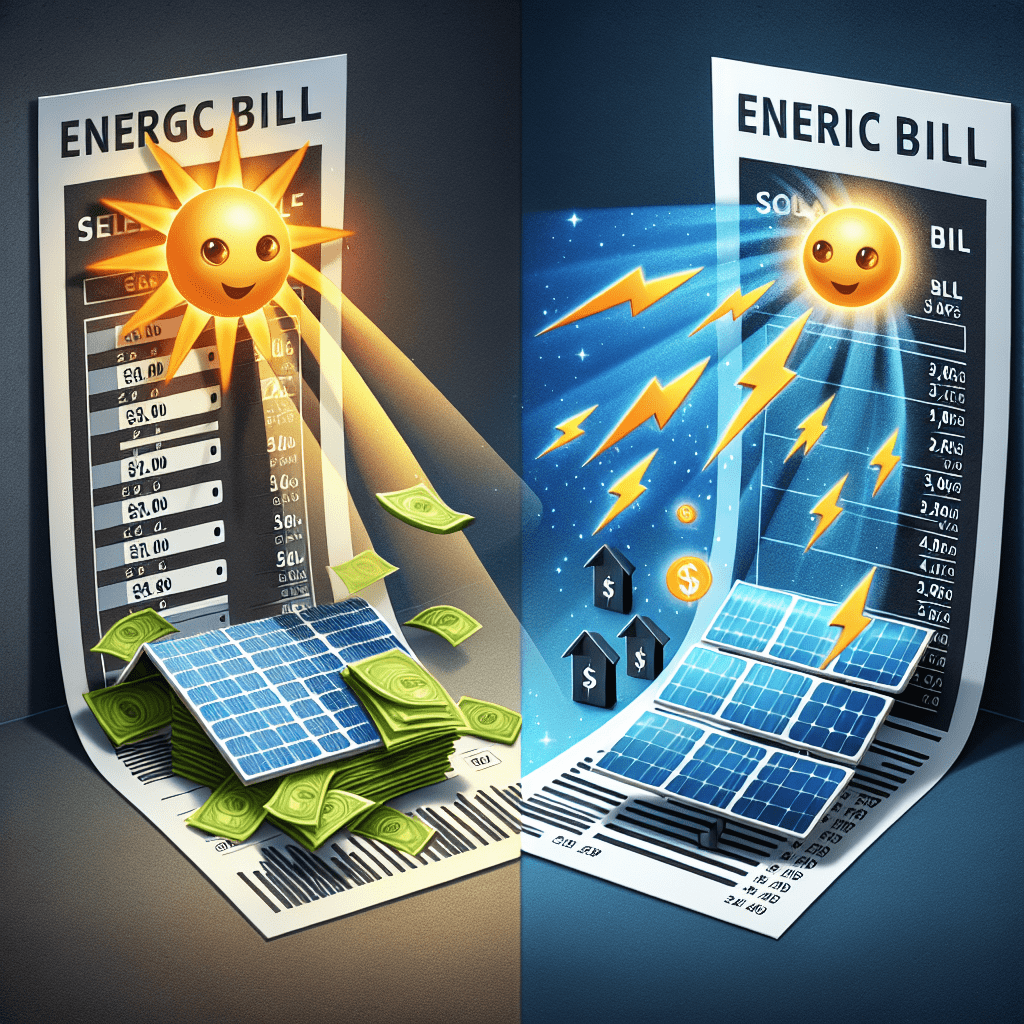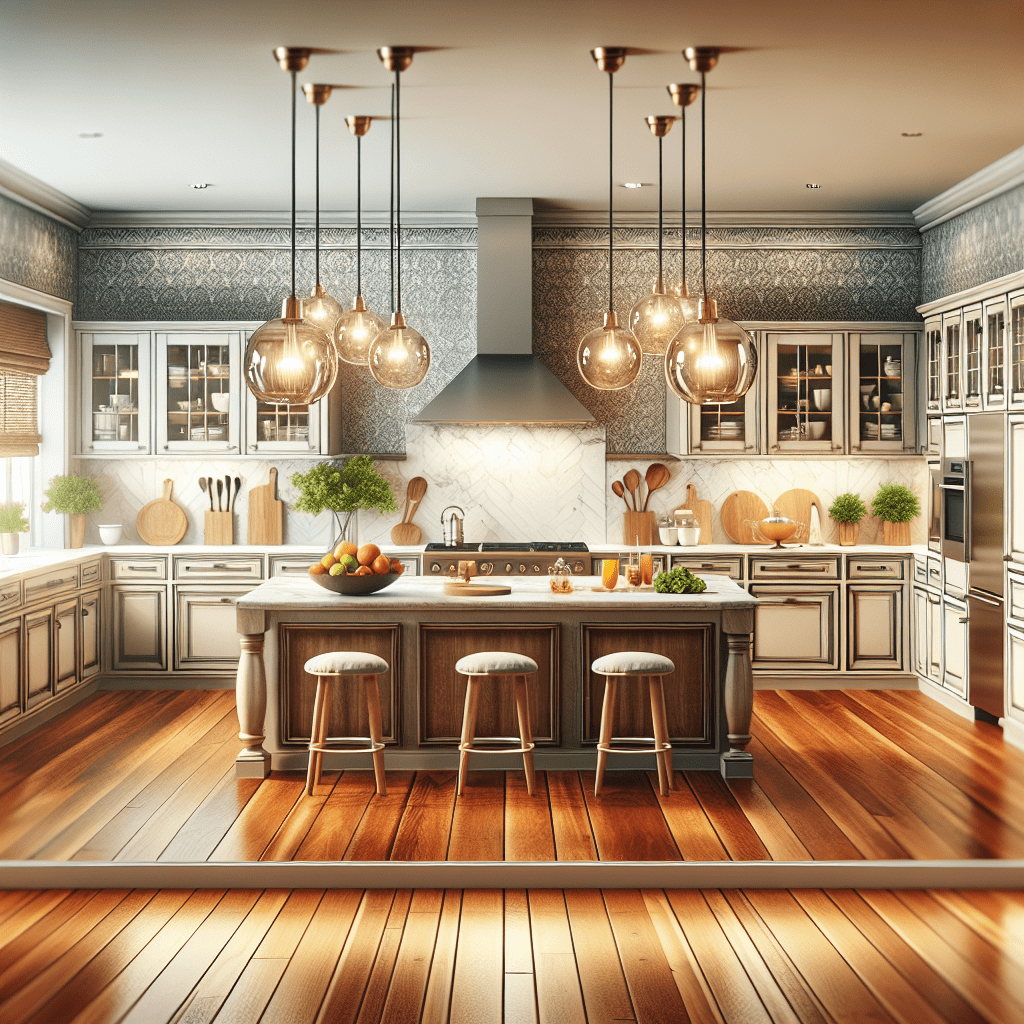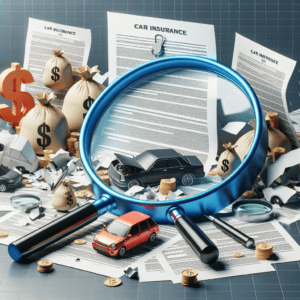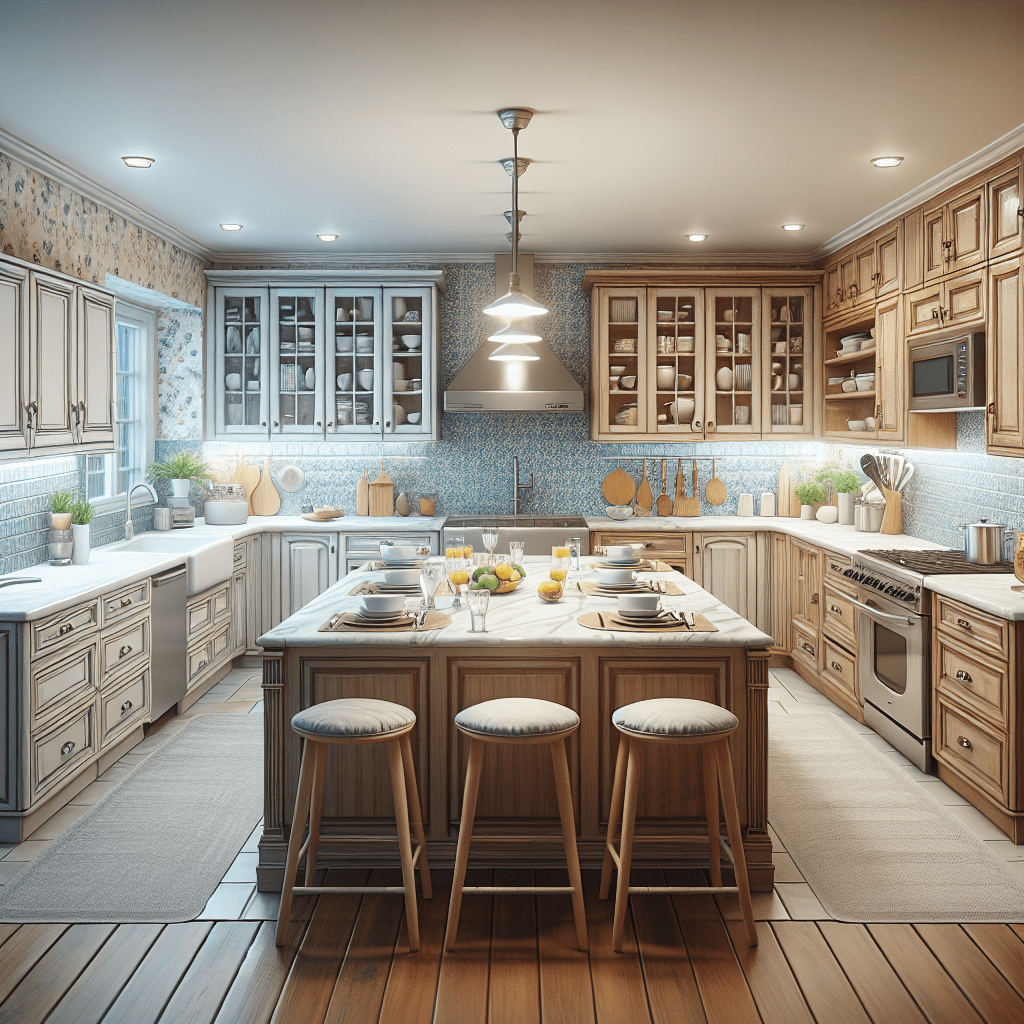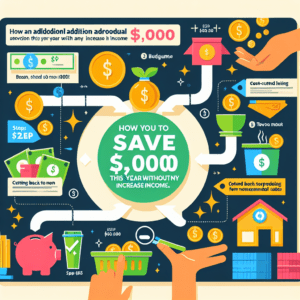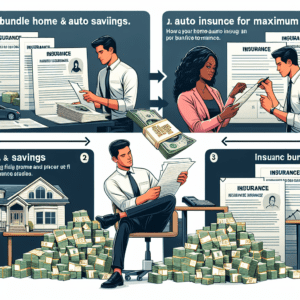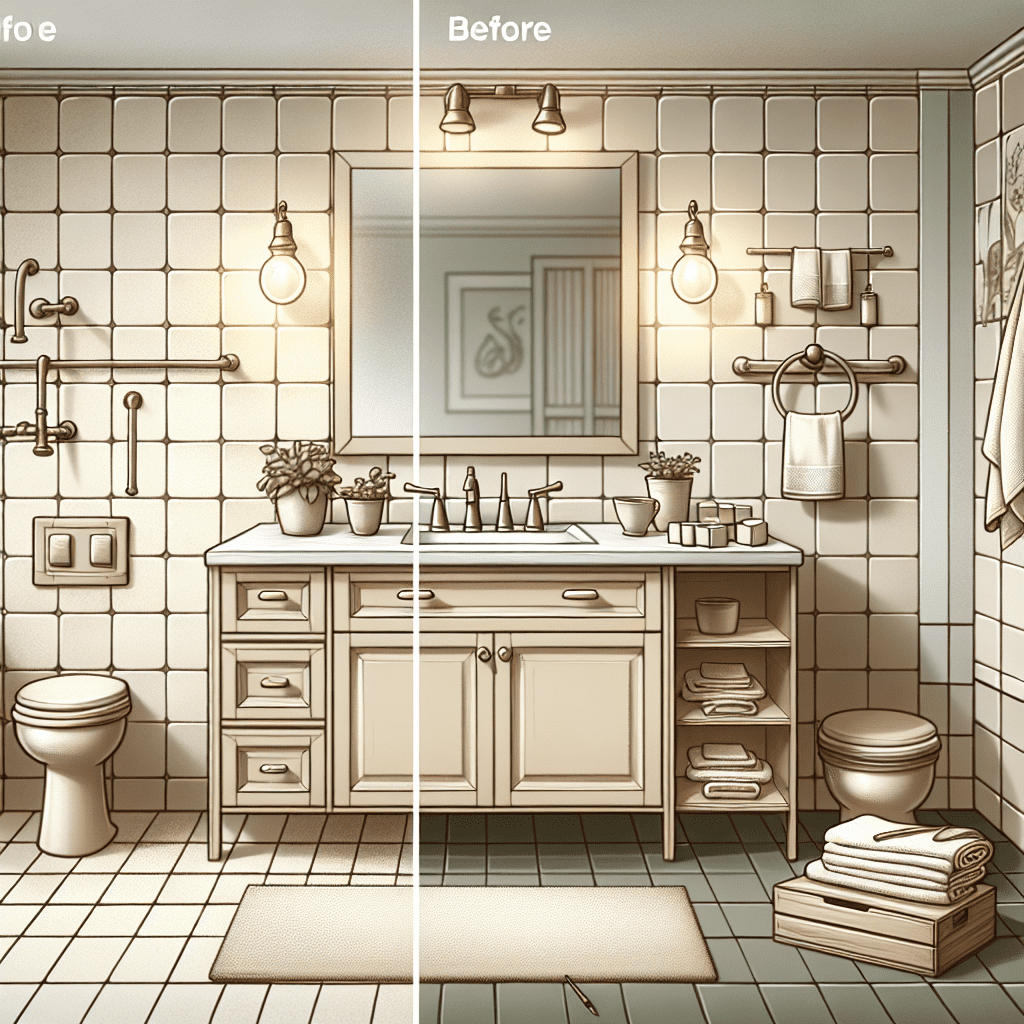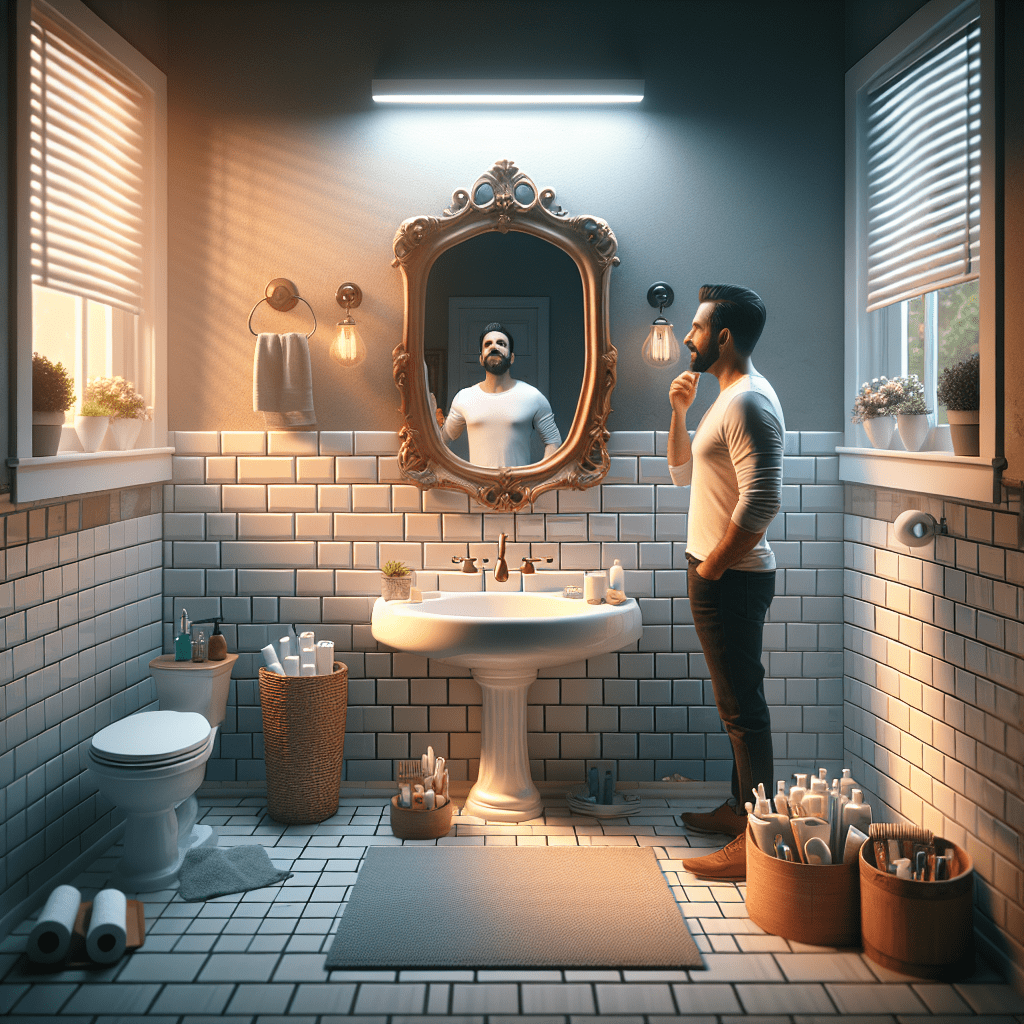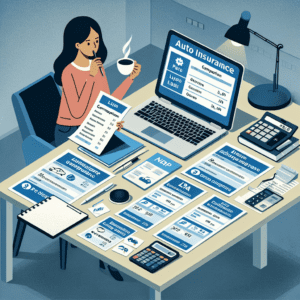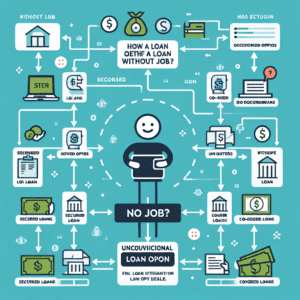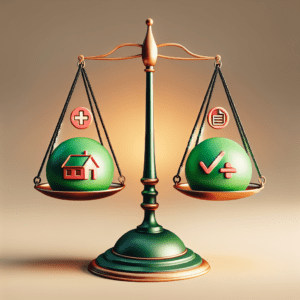“Stop Overpaying – Upgrade Your Roof & Save Thousands!”
Signs Your Roof Is Costing You Money – When to Consider an Upgrade
Your roof plays a crucial role in protecting your home, but over time, it can become a significant source of financial strain. Many homeowners overlook the warning signs of an aging or inefficient roof, leading to increased energy costs, frequent repairs, and even structural damage. Recognizing when it is time for an upgrade can save you thousands of dollars in the long run, making it essential to assess your roof’s condition regularly.
One of the most obvious indicators that your roof is costing you money is a noticeable increase in energy bills. If your heating and cooling costs have risen without a clear explanation, your roof may be to blame. Poor insulation, damaged shingles, or gaps in the roofing structure can allow heat to escape during the winter and enter during the summer, forcing your HVAC system to work harder. This inefficiency not only leads to higher utility bills but also places unnecessary strain on your heating and cooling systems, potentially shortening their lifespan.
In addition to rising energy costs, frequent repairs can signal that your roof is no longer performing as it should. While occasional maintenance is expected, constant leaks, missing shingles, or water damage inside your home indicate a more serious problem. If you find yourself calling a roofing contractor multiple times a year, it may be more cost-effective to invest in a full roof replacement rather than continuing to patch up recurring issues. A new roof can provide long-term savings by eliminating the need for ongoing repairs and improving overall efficiency.
Another sign that your roof may be costing you money is the presence of water damage or mold growth. Leaks that go unnoticed or untreated can lead to moisture buildup, which creates the perfect environment for mold and mildew. Not only can this compromise the structural integrity of your home, but it can also pose serious health risks to you and your family. If you notice water stains on your ceilings or walls, peeling paint, or a musty odor, it is crucial to address the issue promptly. In many cases, extensive water damage may require a full roof replacement to prevent further deterioration.
Furthermore, the age of your roof is a key factor in determining whether an upgrade is necessary. Most roofing materials have a lifespan of 20 to 30 years, depending on the type and quality of installation. If your roof is approaching or has exceeded this timeframe, it may no longer provide adequate protection. Even if there are no visible signs of damage, an aging roof is more susceptible to leaks, weather-related wear, and structural weaknesses. Upgrading to a modern, energy-efficient roofing system can enhance durability and reduce long-term maintenance costs.
Finally, if you are planning to sell your home in the near future, an outdated or damaged roof can significantly impact its value. Potential buyers are often hesitant to invest in a property that requires immediate repairs, and a worn-out roof can be a major deterrent. By upgrading your roof before listing your home, you can increase its market appeal and potentially secure a higher selling price.
Recognizing these warning signs and taking proactive steps to upgrade your roof can prevent unnecessary expenses and protect your home’s value. Investing in a high-quality roofing system not only enhances energy efficiency but also provides peace of mind, knowing that your home is well-protected for years to come.
Hidden Roof Issues That Could Be Draining Your Wallet
Your roof plays a crucial role in protecting your home, but hidden issues can develop over time, leading to costly repairs and increased energy bills. Many homeowners overlook minor roofing problems, assuming they are insignificant, but these small issues can escalate into major financial burdens if left unaddressed. Identifying potential problems early can help you avoid unnecessary expenses and ensure your home remains safe and energy-efficient.
One of the most common hidden issues is water damage caused by undetected leaks. Even a small leak can allow moisture to seep into your attic and walls, leading to mold growth, wood rot, and structural deterioration. Over time, these problems can compromise the integrity of your home, requiring extensive and expensive repairs. Additionally, water damage can affect insulation, reducing its effectiveness and causing your heating and cooling systems to work harder, ultimately increasing your energy costs.
Another issue that often goes unnoticed is poor ventilation. Proper airflow in your attic is essential for regulating temperature and preventing moisture buildup. Without adequate ventilation, heat and humidity can become trapped, leading to premature aging of roofing materials and creating an environment conducive to mold growth. This not only shortens the lifespan of your roof but also contributes to higher energy bills as your HVAC system struggles to maintain a comfortable indoor temperature.
Damaged or missing shingles are another hidden problem that can lead to significant expenses. While a few missing shingles may not seem like a major concern, they can expose the underlying roofing materials to the elements, increasing the risk of leaks and structural damage. Over time, this exposure can weaken the roof’s ability to protect your home, making it more susceptible to severe weather conditions. Regular inspections can help identify and address these issues before they escalate into costly repairs or even a full roof replacement.
In addition to physical damage, aging roofing materials can also contribute to financial losses. As roofs age, they become less effective at insulating your home, allowing heat to escape during the winter and enter during the summer. This inefficiency forces your heating and cooling systems to work harder, leading to higher energy consumption and increased utility bills. If your roof is more than 20 years old, it may be time to consider an upgrade to more energy-efficient materials that can help reduce long-term costs.
Furthermore, clogged or damaged gutters can create hidden problems that impact both your roof and your home’s foundation. When gutters become blocked with debris, water can overflow and seep into the roof structure, causing deterioration and leaks. Additionally, improper drainage can lead to water pooling around your home’s foundation, increasing the risk of structural damage and costly repairs. Regular maintenance and cleaning of gutters can prevent these issues and help protect your home from unnecessary expenses.
Addressing these hidden roof issues before they become major problems can save you thousands of dollars in repairs and energy costs. Regular inspections, timely maintenance, and considering an upgrade when necessary can help ensure your roof remains in optimal condition. By taking proactive steps, you can protect your investment, enhance your home’s energy efficiency, and avoid unexpected financial burdens in the future.
How a Roof Upgrade Can Save You Thousands in Energy and Repair Costs
Your roof plays a crucial role in protecting your home from the elements, but over time, wear and tear can lead to inefficiencies that may be costing you more than you realize. Many homeowners overlook the impact an aging or damaged roof can have on their energy bills and overall maintenance costs. However, upgrading your roof can lead to significant savings by improving energy efficiency, preventing costly repairs, and increasing the overall value of your home.
One of the most immediate ways a roof upgrade can save you money is through improved energy efficiency. Older roofs, especially those with poor insulation or ventilation, allow heat to escape during the winter and trap excess heat during the summer. This forces your heating and cooling systems to work harder, leading to higher energy bills. By investing in modern roofing materials designed for better insulation and reflectivity, you can reduce heat transfer and maintain a more stable indoor temperature. For example, cool roofing materials, such as reflective shingles or metal roofing, can help deflect sunlight and reduce cooling costs during warmer months. Additionally, proper ventilation ensures that air circulates efficiently, preventing moisture buildup and reducing the strain on your HVAC system.
Beyond energy savings, a roof upgrade can also help you avoid expensive repairs in the long run. As roofs age, they become more susceptible to leaks, missing shingles, and structural damage. Small issues that go unnoticed or unaddressed can quickly escalate into major problems, such as water damage, mold growth, or even structural instability. By replacing an aging roof before these issues arise, you can prevent costly emergency repairs and protect your home from further damage. Moreover, modern roofing materials are designed to be more durable and weather-resistant, reducing the likelihood of frequent maintenance and extending the lifespan of your roof.
In addition to energy and repair savings, upgrading your roof can also increase the overall value of your home. A new roof is a significant selling point for potential buyers, as it provides peace of mind that they will not have to deal with immediate repairs or replacements. Homes with newer, energy-efficient roofs often attract higher offers and sell more quickly than those with outdated roofing systems. Furthermore, some roofing upgrades may qualify for tax credits or insurance discounts, providing additional financial benefits.
While the upfront cost of a roof replacement may seem daunting, the long-term savings and benefits far outweigh the initial investment. Many homeowners find that the reduction in energy bills, decreased maintenance costs, and increased property value make upgrading their roof a financially sound decision. Additionally, financing options and government incentives may be available to help offset the cost of installation.
Ultimately, assessing the condition of your roof and considering an upgrade can lead to substantial financial savings while enhancing the comfort and security of your home. If your roof is more than 15 to 20 years old, showing signs of wear, or contributing to high energy bills, it may be time to explore your options. By investing in a high-quality, energy-efficient roofing system, you can protect your home, reduce expenses, and enjoy long-term peace of mind.

